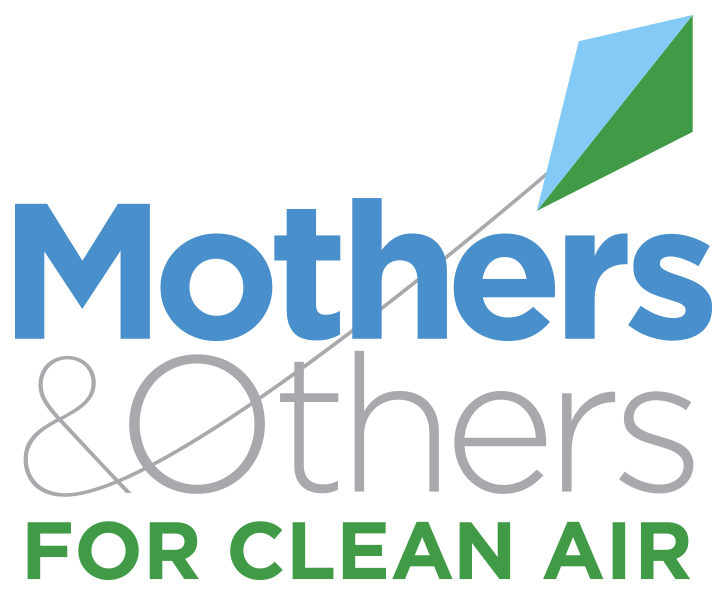Epidemiologic time-series studies conducted in a number of cities have identified, in general, an association between daily changes in concentration of ambient particulate matter (PM) and daily number of deaths (mortality). Increased hospitalization (a measure of morbidity) among the elderly for specific causes has also been associated with PM. These studies have raised concerns about public health effects of particulate air pollution and have contributed to regulatory decisions in the United States. However, scientists have pointed out uncertainties that raise questions about the interpretation of these studies. One limitation to previous time-series studies of PM and adverse health effects is that the evidence for an association is derived from studies conducted in single locations using diverse analytic methods. Statistical procedures have been used to combine the results of these single location studies in order to produce a summary estimate of the health effects of PM. Difficulties with this approach include the process by which cities were selected to be studied, the different analytic methods applied to each single study, and the variety of methods used to measure or account for variables included in the analysis. These individual studies were also not able to account for the effects of gaseous air pollutants in a systematic manner.
Published Jan 1, 2000
Samet, J. M., Zeger, S. L., Dominici, F., Curriero, F., Coursac, I., Dockery, D. W., Schwartz, J., & Zanobetti, A. (2000). The National Morbidity, Mortality, and Air Pollution Study Part II: Morbidity and Mortality from Air Pollution in the United States Includes a Commentary by the Institute’s Health Review Committee. https://www.semanticscholar.org/paper/The-National-Morbidity%2C-Mortality%2C-and-Air-Study.-Samet-Zeger/cbc877035ce570ba12affe0916b1a06a387d1224
